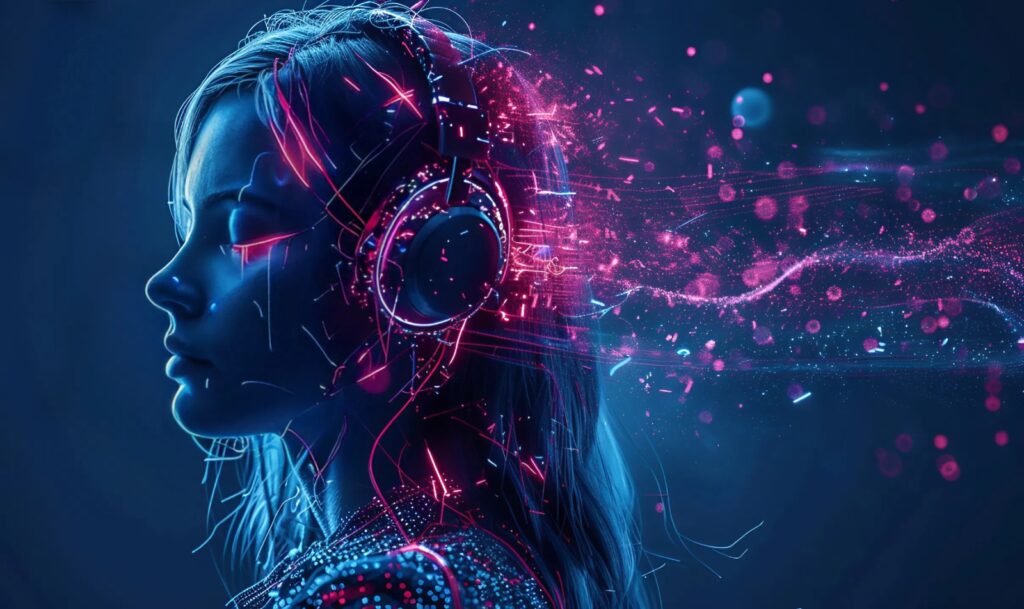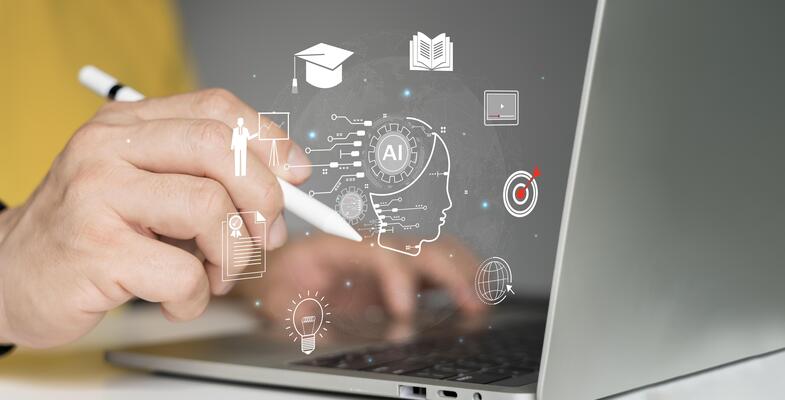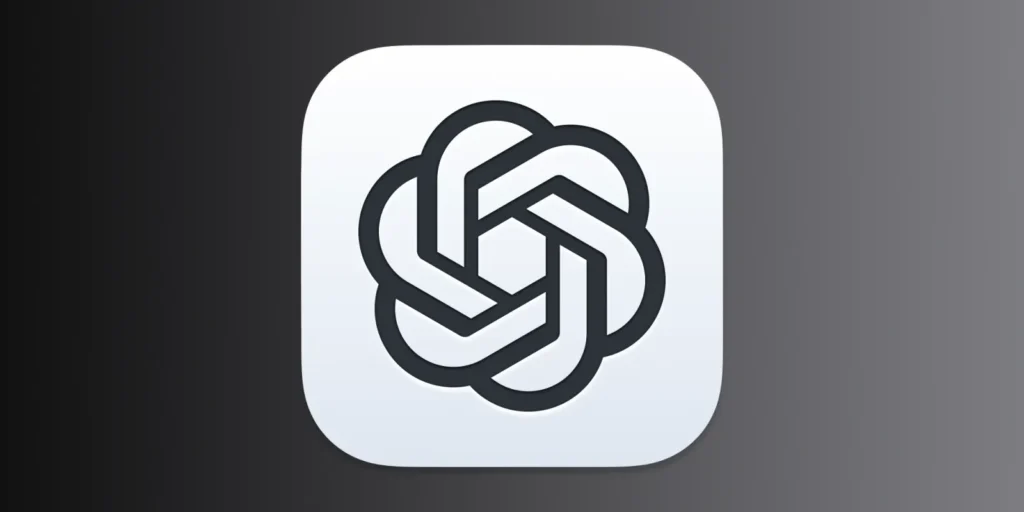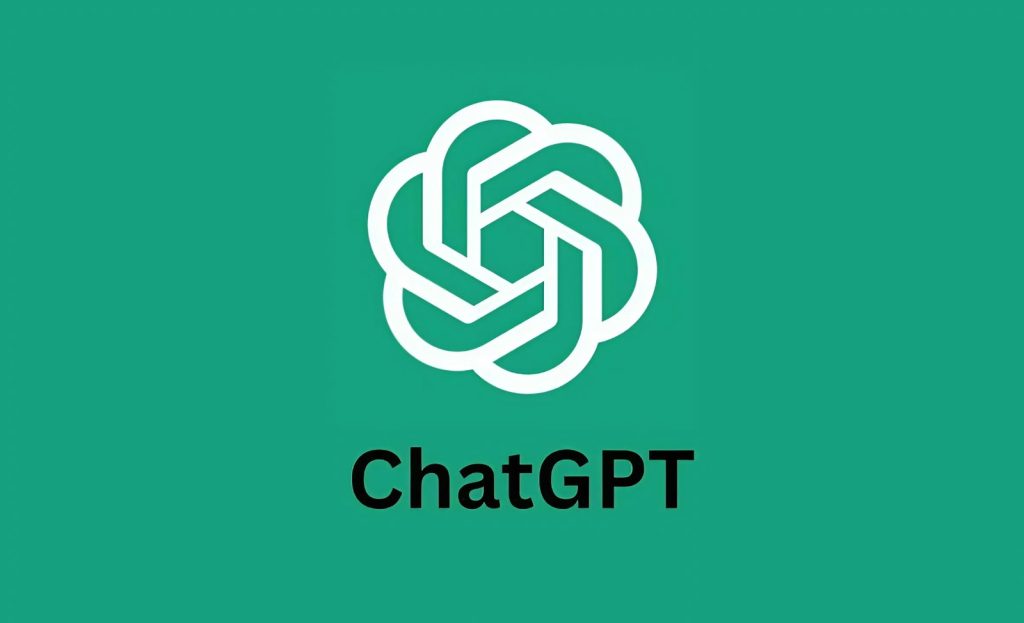AI-Powered Education Platforms Surge Ahead, Transforming Classroom Experiences Globally

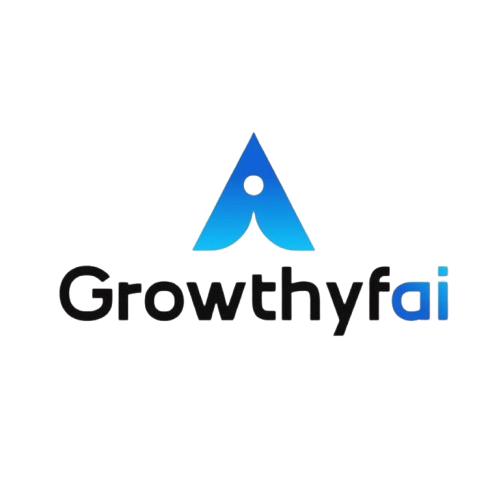
The advent of artificial intelligence (AI) has led to profound shifts across numerous sectors, with education standing out as a particularly noteworthy beneficiary. The integration of AI in education platforms is surging ahead at a remarkable pace, reshaping classrooms around the globe. This transformation is heralding a new era of personalized learning, enhanced engagement, and efficient administration. In this article, we delve into how AI is revolutionizing education, its impact on classroom dynamics, and what the future holds for this promising intersection of technology and learning.
AI as a Catalyst for Personalized Learning
In traditional educational settings, the one-size-fits-all approach often fails to accommodate the diverse learning needs and paces of individual students. Herein lies one of the most significant contributions of AI: the capacity for personalized learning. AI algorithms analyze vast amounts of data to understand each student’s unique learning style, strengths, and weaknesses. By doing so, it can tailor educational content that best suits individual students.
For instance, platforms like DreamBox and Carnegie Learning employ AI to adapt in real-time to students’ responses, providing personalized math tutoring that fosters improved comprehension and retention. These systems continuously assess students’ performance and dynamically adjust the difficulty level of the exercises, ensuring that learners remain both challenged and engaged without feeling overwhelmed.
Engaging Educational Experiences Through AI
AI-powered platforms are not only customizing learning but are also enhancing engagement through immersive experiences. Tools such as virtual reality (VR) and augmented reality (AR), driven by AI, are increasingly being integrated into classrooms to make learning more interactive and enjoyable. These tools help visualize complex concepts, making them more accessible and easier to grasp.
Take Labster, for instance—a virtual laboratory where students can conduct experiments in a risk-free environment. By simulating lifelike laboratory scenarios and incorporating gamified elements, students are able to apply theoretical knowledge in practice, which significantly boosts their motivation and understanding.

AI Streamlining Administrative Tasks
Beyond personalized learning and engagement, AI is also streamlining administrative tasks, freeing educators to focus more on teaching and less on mundane paperwork. Automated grading systems powered by AI can evaluate multiple-choice tests and even essays with impressive accuracy, offering timely feedback to students. Pearson’s AI-based grading software exemplifies this capability, reducing the workload of educators while maintaining high grading standards.
AI-powered chatbots and virtual assistants are also taking over routine inquiries from students and parents, handling questions regarding schedules, assignments, and school policies. This not only increases efficiency in communication but also ensures that human resources can be allocated to more critical, human-centric tasks.
Case Studies: AI in Classrooms Worldwide
The implementation of AI in education is not a monolithic endeavor but rather a diverse array of applications across different educational settings. In China, an AI-powered platform known as Squirrel AI has been introduced to enhance English language learning. It evaluates each student’s learning habits and adapts the instructional content accordingly, thereby accelerating language acquisition processes.
Similarly, in the United States, AI systems are employed to combat student dropout rates. Apps like Edsby use predictive analytics to identify at-risk students, allowing educators to intervene promptly and implement corrective measures.
In India, the Byju’s learning app leverages machine learning to offer engaging tutorials and tutorials specifically tailored to the learning trajectories of students, making education accessible across geographical and socio-economic divides.
Challenges and Ethical Considerations
Despite the impressive strides AI has made in education, this transition is not without its challenges and ethical concerns. Privacy issues arise as AI systems collect and process vast amounts of student data. It is crucial for education institutions and tech companies to implement strict data protection measures and maintain transparency regarding data usage.
Moreover, there is the risk of continually exacerbating the digital divide, where resource-rich institutions benefit from advanced AI systems, while others without similar resources lag behind. Efforts must be made to ensure equitable access to AI-powered education tools, fostering inclusivity within educational landscapes.
The Future of AI in Education
Looking ahead, the role of AI in education will likely continue to expand and deepen. As AI technologies become more sophisticated and accessible, they will also become increasingly integral to educational policy and curriculum development. Emerging technologies such as natural language processing and adaptive learning systems promise to further enhance the educational landscape, making learning more engaging and effective.
Educational institutions, policymakers, and technology developers must work collaboratively to ensure that AI’s integration into education remains aligned with learning objectives and ethical standards, fostering a future where education is more personalized, equitable, and prepared to meet the challenges of tomorrow.
Conclusion
AI-powered education platforms are undeniably transforming classroom experiences worldwide. By personalizing learning, enhancing engagement, and streamlining administrative tasks, AI is carving a path toward a more innovative and efficient educational model. While challenges and ethical considerations remain, the promise AI holds for the future of education is immense. As these technologies continue to evolve, so too will the opportunities they present for learners, educators, and institutions, marking a significant leap forward in global educational practices.


